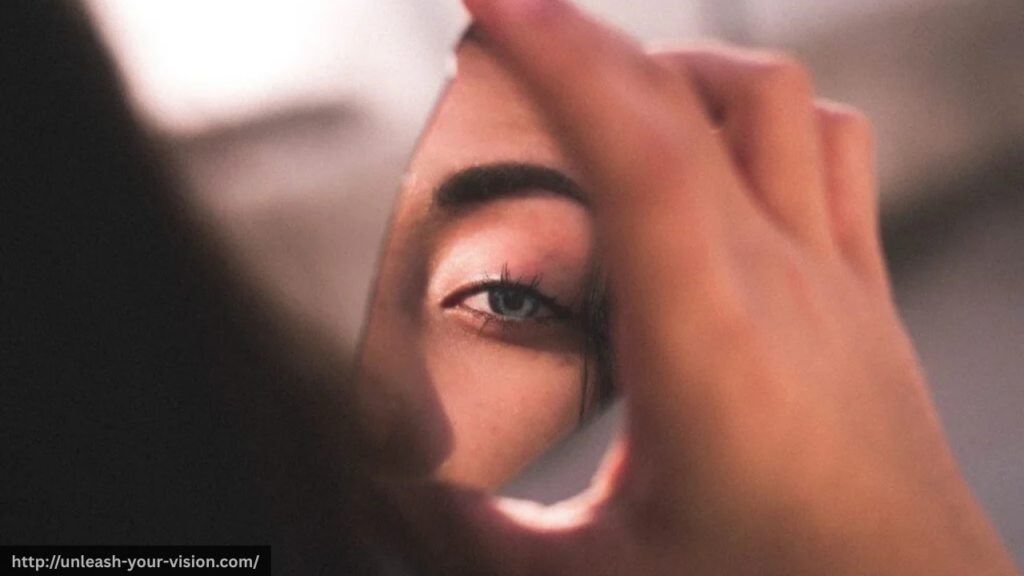
When we think of the dangers of smoking and drug use, we often picture damage to the lungs, heart, or brain. However, one of the lesser-known but equally serious risks is the impact these substances have on your eyes. Smoking and drug abuse silently and progressively threaten your vision, often leading to irreversible eye damage or even blindness. Despite their serious consequences, these effects are frequently overlooked—until it’s too late.
The Eyes: A Delicate Target
Your eyes are among the most sensitive organs in your body. They rely on a complex network of blood vessels, nerves, and specialized tissues to function properly. Any substance that impairs circulation, depletes oxygen, or causes inflammation can compromise your vision. Smoking and recreational drugs do all of the above, making them particularly harmful to eye health.
Smoking: A Proven Vision Risk
Tobacco smoke contains thousands of harmful chemicals, many of which are toxic to the eyes. One of the most well-documented risks of smoking is its strong association with age-related macular degeneration (AMD)—a condition that damages the part of the retina responsible for central vision. Smokers are up to four times more likely to develop AMD than non-smokers.
Another major concern is cataracts, the clouding of the eye’s lens. Smokers are at significantly higher risk of developing cataracts earlier in life. In addition, smoking increases the likelihood of dry eye syndrome, which causes irritation, blurred vision, and sensitivity to light.
Drugs and Their Impact on Vision
Recreational drugs, including cocaine, methamphetamine, marijuana, heroin, and ecstasy, each carry their own set of risks for the eyes:
- Cocaine and methamphetamine raise blood pressure and cause blood vessel constriction. This can result in retinal damage, such as hemorrhages or even retinal detachment, which can cause permanent blindness if untreated.
- Heroin and other opioids can depress the central nervous system, reducing oxygen flow to the eyes and potentially causing optic neuropathy, a serious condition that damages the optic nerve.
- Marijuana may temporarily reduce intraocular pressure, which is why it’s sometimes discussed in relation to glaucoma. However, its overall impact on eye health remains controversial, especially considering its ability to impair visual processing and depth perception.
- Club drugs like MDMA (ecstasy) can cause rapid eye movements and sensitivity to light, and long-term use may contribute to vision disturbances or nerve damage.
A Silent and Preventable Threat
One of the most dangerous aspects of how smoking and drugs affect your eyes is that the damage often occurs gradually. You may not notice the decline in your vision until it becomes severe or permanent. Unlike a sudden injury, the slow erosion of vision due to substance abuse can go unnoticed—making it a silent but serious threat.
Protecting Your Vision
The good news is that much of the eye damage caused by smoking and drug use is preventable. Quitting these substances significantly reduces your risk of vision loss. Regular eye exams, a healthy diet rich in antioxidants, and protective lifestyle choices can go a long way in preserving your eyesight.
Conclusion
Smoking and drugs don’t just harm your internal organs—they silently attack your vision. By understanding the risks and taking steps to avoid or recover from substance use, you can protect your eyes and enjoy the gift of clear sight for years to come. Don’t wait for the damage to become visible—act now to safeguard your vision.








